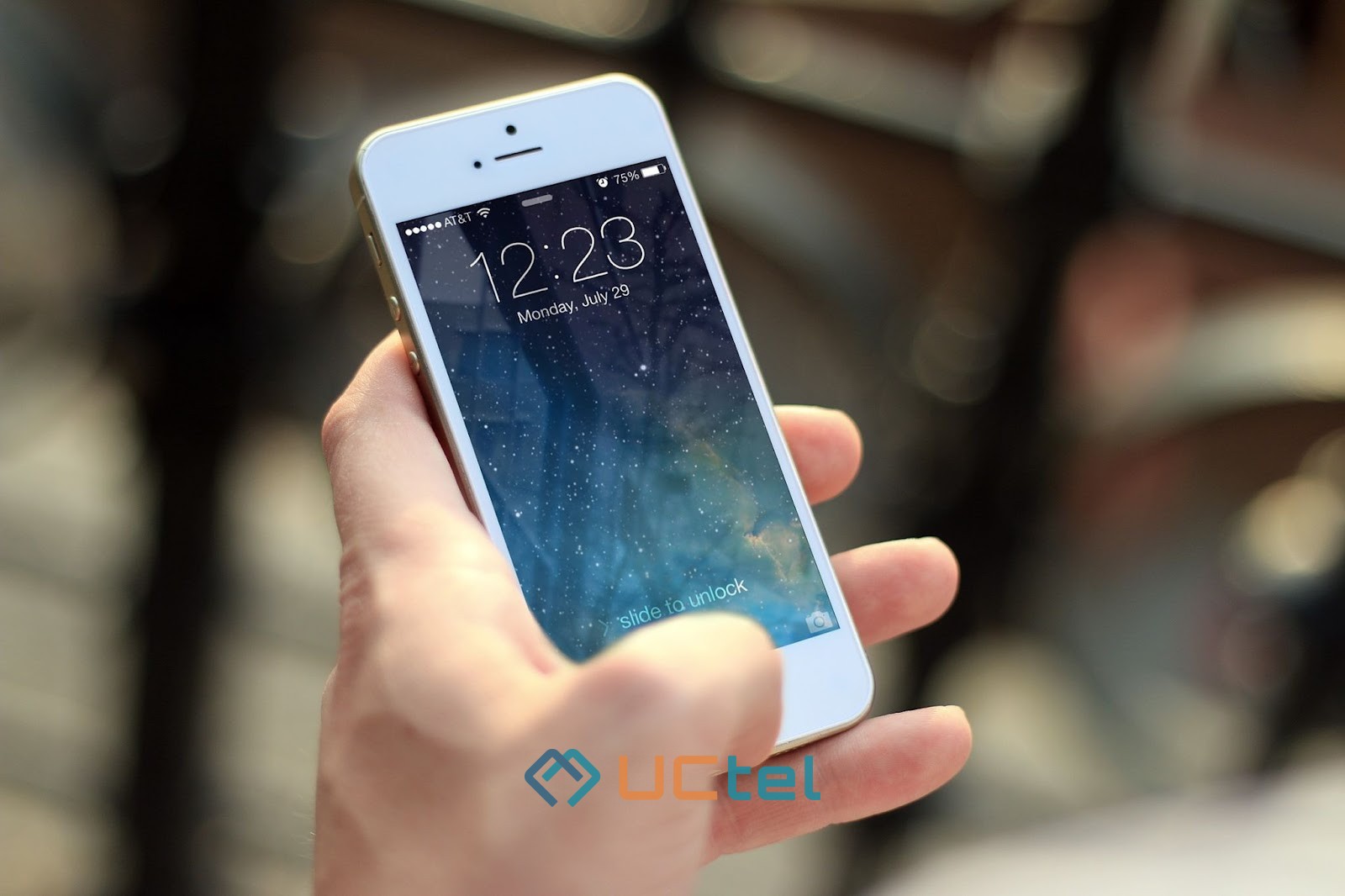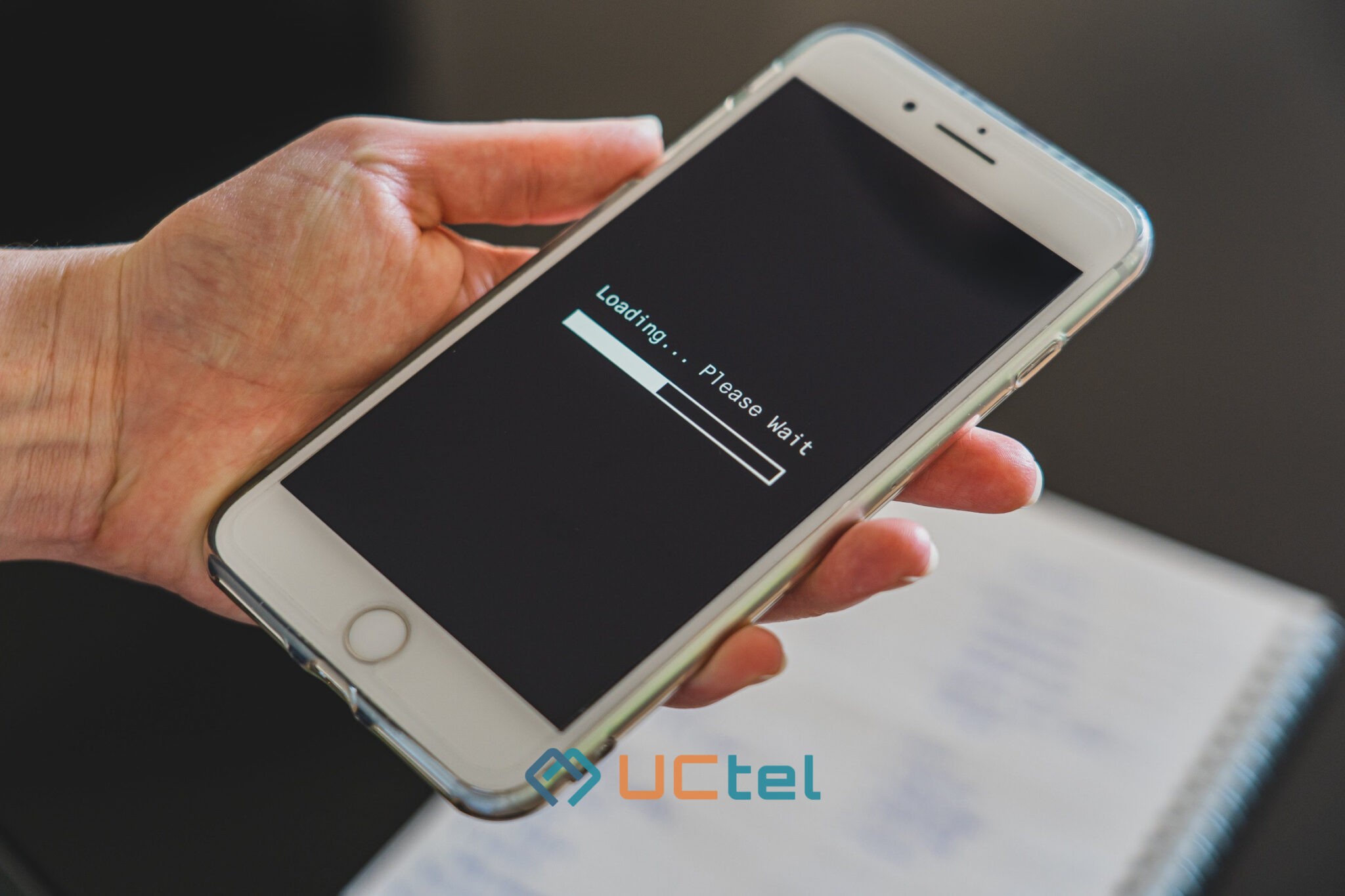
Common 5G Myths: Everything UK Business Should Know About 5G
Table of contents
- 1. Myth 1 – Is the Myth about 5G Coverage Associated with illnesses in Great Britain Correct?
- 2. Myth 2 – Is 5G Rollout Really Slow?
- 3. Myth 3 – With 5G on the Horizon, is 4G really Dead?
- 4. Myth 4 – Is 5G’s Network Speed as Fast as Claimed or Just Sensational Nonsense
- 5. Myth 5 – Is it True that 5G Consumes More Energy than 4G?
- 6. Myth 6 – Is 5G Really Dangerous?
- 7. Myth 7 – Are 5G Standards Complete and Finalised?
- 8. Myth 8 – Are 5G Devices Currently Available?
- 9. Myth 9 – Myth or Fact? Will 5G Replace Wi-Fi?
- 10. Myth 10 – Do Wireline Networks Have Anything to Do with 5G?
- 11. Last Myth – Busting the Myth that 5G is Not Essential
- 12. Consider UCtel Your Trusted Partner
- 13. Wrap Up
When it comes to 5G technology, the old expression “don’t believe everything you hear” rings especially true. 5G provides fast and ultra-low latency network capabilities, explaining why it’s getting all the hype. In the midst of such widespread noise, myth is often confused with fact.
Businesses are usually caught in the crossfire but know this: as far as the ever-evolving technology world is concerned, calling 5G off is impossible and soon, 6G may be underway. As a business with too much at stake, it’s time to take a fresh look at the state of 5G and sift facts from conspiracy theories. 5G myths are like ghosts; they stick around to haunt businesses and keep them from reaching their potential.
With plenty of statistics in our back pocket, we’ve worn our Sherlock Holmes hat to debunk or affirm some oft-repeated 5G myths. We’ll delve deeper into some of the most popular ones about the technology and also investigate the real-world implications and possibilities of such theories for businesses. Eager to see all the 5G myths debunked? — Join us as we bust them all!
Myth 1 – Is the Myth about 5G Coverage Associated with illnesses in Great Britain Correct?
You can’t eat before going swimming, or you’ll cramp up. Lightning doesn’t strike the same place twice. 5G causes cancer and spreads COVID-19. What do all these statements have in common? They’re all myths. Hold on, let’s throw in the facts and let you deduce your findings yourself.
5G technology differs from previous generations of mobile services (3G, 4G) because whereas the latter uses radio frequencies in the 6 gigahertz range, 5G in the UK utilises sub 6 GHz frequencies.
While 5G’s frequency range is raising public concerns about any possible adverse effects on human health, there’s not enough energy to cause damaging tissue heating. Such non-ionising electromagnetic radiation range can’t break chemical bonds or remove electrons when in contact with human tissues.
In the UK, 5G is approved by the National Cyber Security Centre (NCSC) and other UK safety agencies and certified to be within safe levels. Myths about 5G networks claiming that 5G is detrimental to health and can cause cancer and other illnesses are false. 5G millimetre waves cannot cause cell proliferation in any capacity. Still holding on to this 5G adoption myth? These scientific research findings can’t be all wrong.
A showed that such electromagnetic fields (EMF) as 5G technology are grossly studied. A small 2018 study revealed that there’s no solid link between EMF and cognitive function. Also, while most conspiracy theorists claim that there’s a strong connection between 5G and brain tumour incidence, the facts say otherwise. As it stands, several studies couldn’t find any clear connections between 5G and cancer, notably this 2018 study.
Okay, the first one is successfully debunked, let’s continue dispelling myths about 5G.
Myth 2 – Is 5G Rollout Really Slow?
Although common 5G myths abound, it’s true that its rollout on a worldwide scale is slower than projected. However, looking at the rollout timelines of previous mobile network generations, you’ll find that 5G is rolling out faster than 4G.
Is the UK losing the 5G rollout race? As one of the first countries to start implementing 5G way back in 2019, analysts report that UK businesses are in danger of being left behind by international competitors when it comes to 5G coverage and its benefits.
Given all the 5G misconceptions going from fringe to mainstream in the country, this comes as no surprise. Also, the UK government has released a £40 million fund to unlock 5G innovations at the local level. By mid 2023, 5G had surpassed 1.1 billion global subscriptions, and this figure is expected to double by 2025.
Myth 3 – With 5G on the Horizon, is 4G really Dead?
One of the first questions clients ask us is: “Is 5G entirely replacing 4G?” To answer this question once and for all, we’re putting it out here that 4G is neither dead nor dying and will be around for some time. Let’s throw some facts on the table.
First, true 5G’s purpose isn’t to replace 4G. If you do a quick research into the benefits of 5G, its ultra-low latency feature will come up top 3. Low latency means that 5G’s response time is significantly reduced, and its use case cuts across video streaming, AR, VR, Internet of Things, among others.
This capability is due to 5G’s higher frequency bands, such as millimetre waves or mm waves. These have a limited range and can easily be interfered with by obstacles such as trees and buildings. For a public 5G network to function properly, more small cell towers are required, often positioned closer together.
However, with the current reality of 5G in the United Kingdom, 5G deployments involve mixed 5G-4G deployments where 5G covers next-gen apps and 4G still powers less bandwidth apps and network loads. Until 5G’s rollout is complete, 5G and 4G will continue to co-exist.
Myth 4 – Is 5G’s Network Speed as Fast as Claimed or Just Sensational Nonsense
5G can deliver peak data rates of about 20 Gbps, or 100 times faster than 4G. This includes the speed rate of music, videos, email, etc. While upload speeds are generally slower than download speeds, 5G’s upload speeds are topping 4G by 30 percent.
Enough of figures, let’s reveal the real truth about 5G real speed. In a nutshell, 5G’s speed greater than 200 Mbps is common, but performance and user experience generally depend on the signal strength and frequency band.
5G wireless spectrum works with 3 types of frequency bands — high-band, mid/band, and low-band. The highest frequencies offer flash speed levels that can surpass 4G and other previous iterations. We’re talking speeds in excess of 1 Gbps. Typically, mid/band 5G delivers an equal mix of range and speed, while low-band 5G is similar to 4G.
After conducting a speed test, we discovered that in the UK, Three UK has the fastest 5G download speed, 265.75 Mbps, followed by Vodafone, with a median speed of 140.27 Mbps, and EE coming third with 99.06 Mbps. O2 is the slowest, 70.88 Mbps.
Myth 5 – Is it True that 5G Consumes More Energy than 4G?
When it comes to energy use, the telco industry standard is the number of bits transferred per joule of energy used. While many 5G signals are aimed at antennas, the amount of energy consumed is less than 4G and LTE signals.
An assistant professor of computer and information systems at Houston University, Chris Bronk, says that “having an efficiency metric to work with is useful as electricity costs in providing mobile phone [plus] data services represent around 70% of the bill.”
While it’s true that the per-bit energy use of 5G is lower, the higher number of bits moving through 5G systems via heat loss, idling, and other inefficiencies may be high. However, 5G integrates optimised energy consumption, works on demand, and transmits energy only when needed – translating to increased energy savings.
Myth 6 – Is 5G Really Dangerous?
The World Health Organization (WHO) and UNICEF declare 5G safe. And, every research conducted so far points out that 5G electromagnetic waves have a higher frequency for carrying information and also a smaller wavelength and does not penetrate the human body as far as 4G and other network signals. Currently, 5G tower myths have saturated UK cities, with many claims that the tower itself is part of the “matrix” and is out to take over our sensibilities. These are baseless and unfounded misunderstandings with zero scientific backing.
Other popular 5G myths around health-related concerns have already been debunked earlier.
Myth 7 – Are 5G Standards Complete and Finalised?
So far, there’s a finished 5G standard with official standalone 5G New Radio (NR) spec. Non-Standalone (NSA) 5G NR utilises the existing LTE core network and radio as an anchor for coverage and mobility management while adding a new 5G radio carrier.
This brings us to the myth that 5G signals on a phone have nothing to do with the actual network. Well, it’s controlled on the network side. All phones will display 5G if it's what the network provider wants. Generally, the 5G indicator is controlled by something called the Upper Layer Indicator (ULI), so network providers can activate ULI even if there’s no 5G. Sometime in 2019, US carrier AT&T activated a misleading 5G network – 5G E, which isn’t actually 5G but still the same old 4G LTE.
Myth 8 – Are 5G Devices Currently Available?
Of course, there are many available 5G devices in the smartphone market. This includes Apple Iphone series, Samsung Galaxy, Google Pixel, and many more. From a wireless perspective, they include C-band and sub-6GHz.
Myth 9 – Myth or Fact? Will 5G Replace Wi-Fi?
One of the 5G myths and realities includes questions about whether 5G will replace Wi-Fi or not. While these misconceptions are being peddled by some 5G vendors, it’s far from the truth. Both 5G and Wi-Fi have impressive capabilities, with each serving a different purpose. 5G networks require a complex infrastructure of cell towers and antennas to ensure widespread coverage, particularly in rural areas. Wi-Fi, on the other hand, can be set up in limited areas to provide a network to limited devices.
Myth 10 – Do Wireline Networks Have Anything to Do with 5G?
Somehow, wirelines made it to the 5g facts and myths table. Wireline internet will not be going obsolete anytime soon. 5G requires a vast infrastructure to achieve what we love to call “connectivity everywhere.” Also, its signals don’t penetrate buildings easily. This means that for 5G network functionality to be optimal, 5G must have heavy aerials and internal cells, whereas wirelines use cables or data lines. In fact, the back-haul for any network will use fibre, making wireline necessary.
Last Myth – Busting the Myth that 5G is Not Essential
When it comes to myths about 5G, claims that 5G is not essential take the cake. 5G caters for higher connectivity demands and is a game-changer for businesses. There’s a chance for industrial processes to be faster and more efficient. Cutting across numerous industries, we have potential innovations that will connect the world like never before. These include telemedicine, smart manufacturing, remote monitoring, autonomous vehicles, and many more.
For instance, network splicing ensures a great stream of emergency connectivity with the potential to salvage otherwise life-threatening situations. On the economic side, 5G will foster economic development, with a study stating that the 5G value chain will support nearly 23 million jobs and generate an estimated $4 trillion in economic output by 2035.
Consider UCtel Your Trusted Partner
Explore the possibilities of 5G networks functionality with UCtel. Stay miles ahead of competitors by unleashing the full potential of 5G in your business. Our private 5G network connects buildings and factories and enhances smart manufacturing, cloud gaming, and the Internet of Things. Get in touch for the best solutions on how to make the most of your private 5G deployment and how to get started.
Wrap Up
Myths about 5G are widespread, and many might seem believable. The things 5G can and cannot do are not widely known, and myths are paraded as the truth. While many companies are adopting 5G to optimise their network-enabled processes, the myths might make them make a mistake when dealing with 5G.
Separating fact from fiction is extremely important when it comes to 5th-generation technology, especially considering popular opinion. Laced with ignorance, the court of people’s opinion has cemented 5G’s place as the ultimate supervillain, capable of causing viruses, dreary cancers, and monitoring people’s minds. In the real world, it is simply a complex network technology for fast networks and supporting IoT capabilities.
If your business is sceptical about 5G, we recommend formulating your own views on what 5G is capable of, but strictly keep in mind what it cannot do. Reach out today, let’s tell you why your business should already be deploying 5G for a better tomorrow.






